

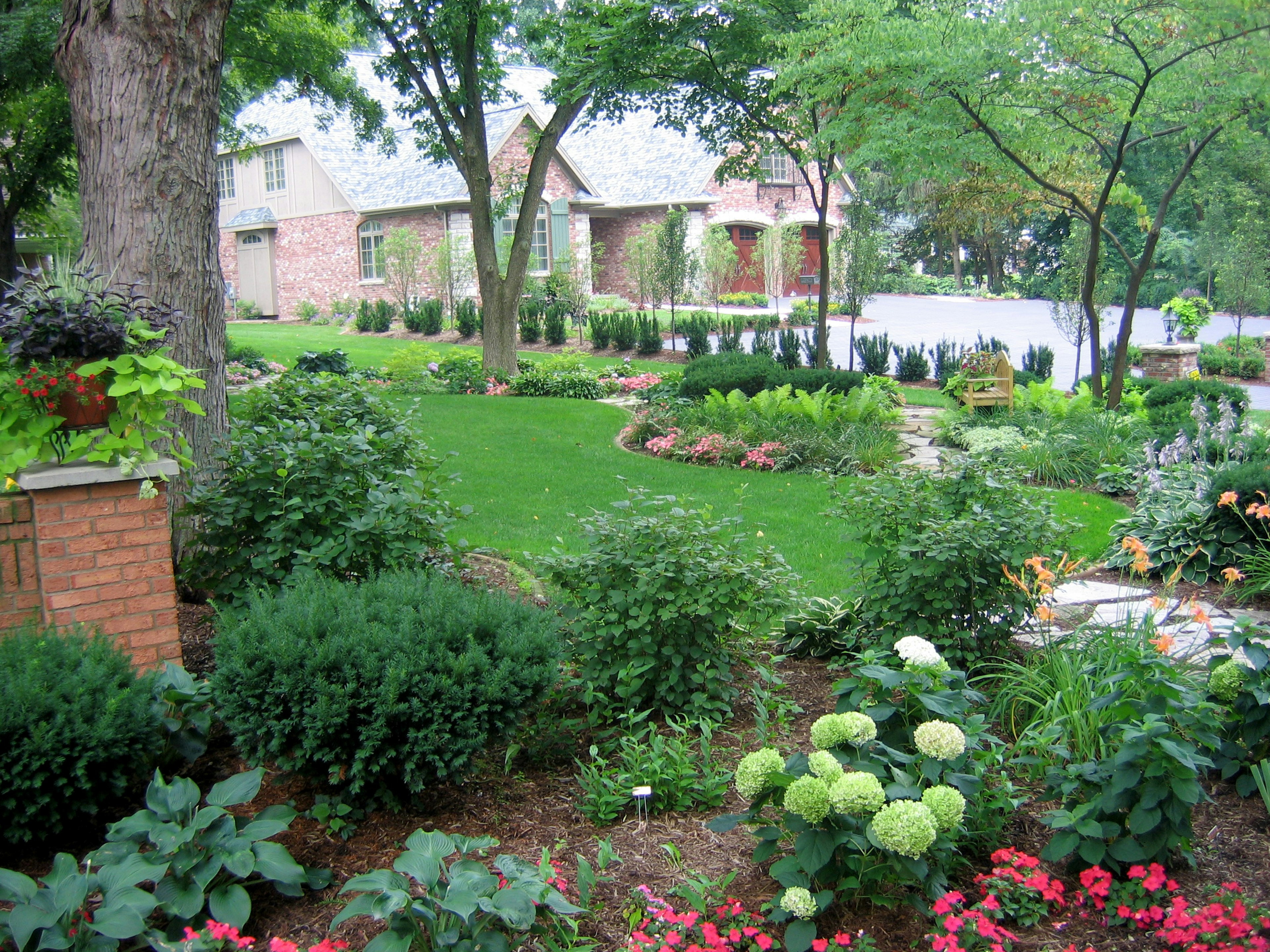
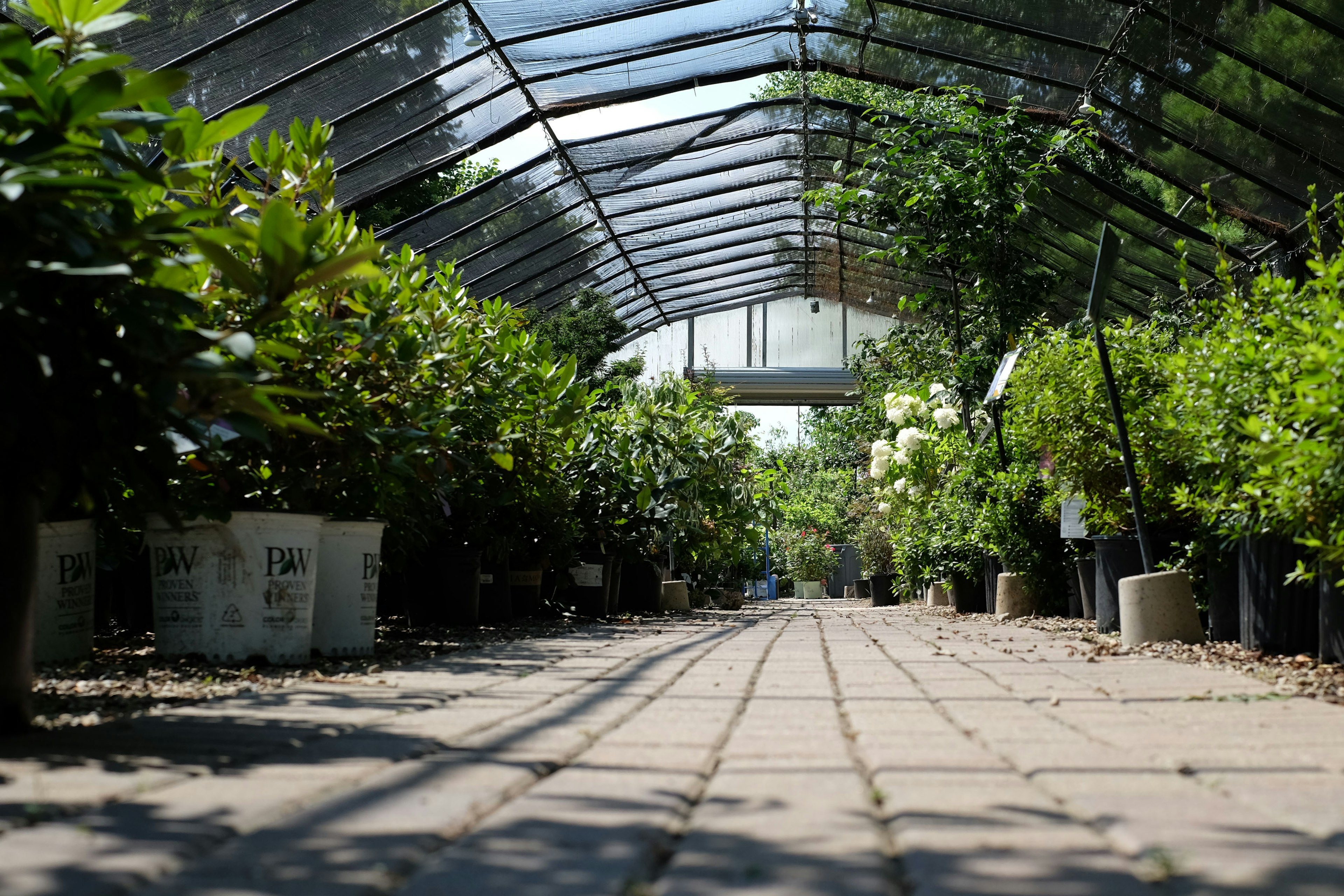
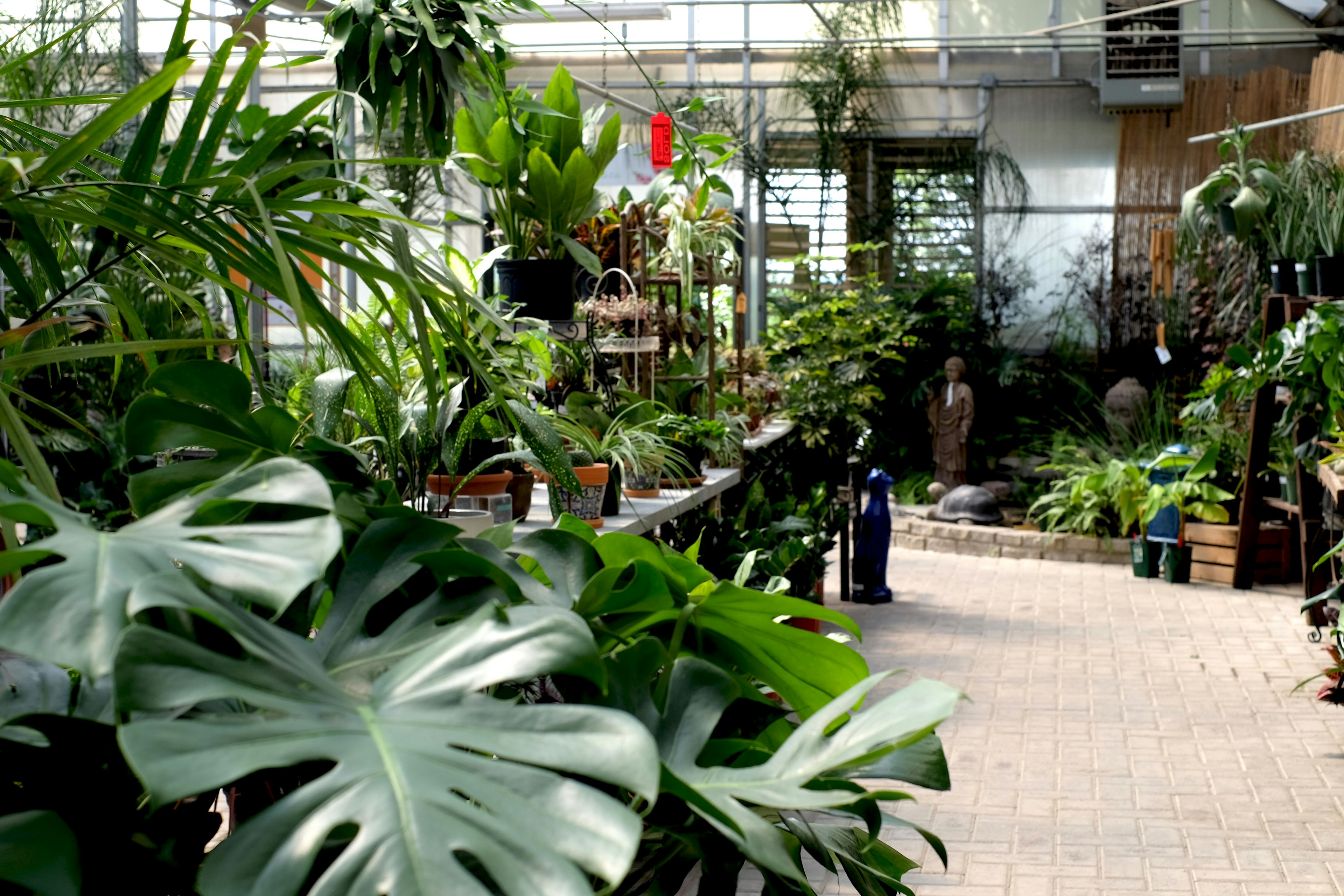

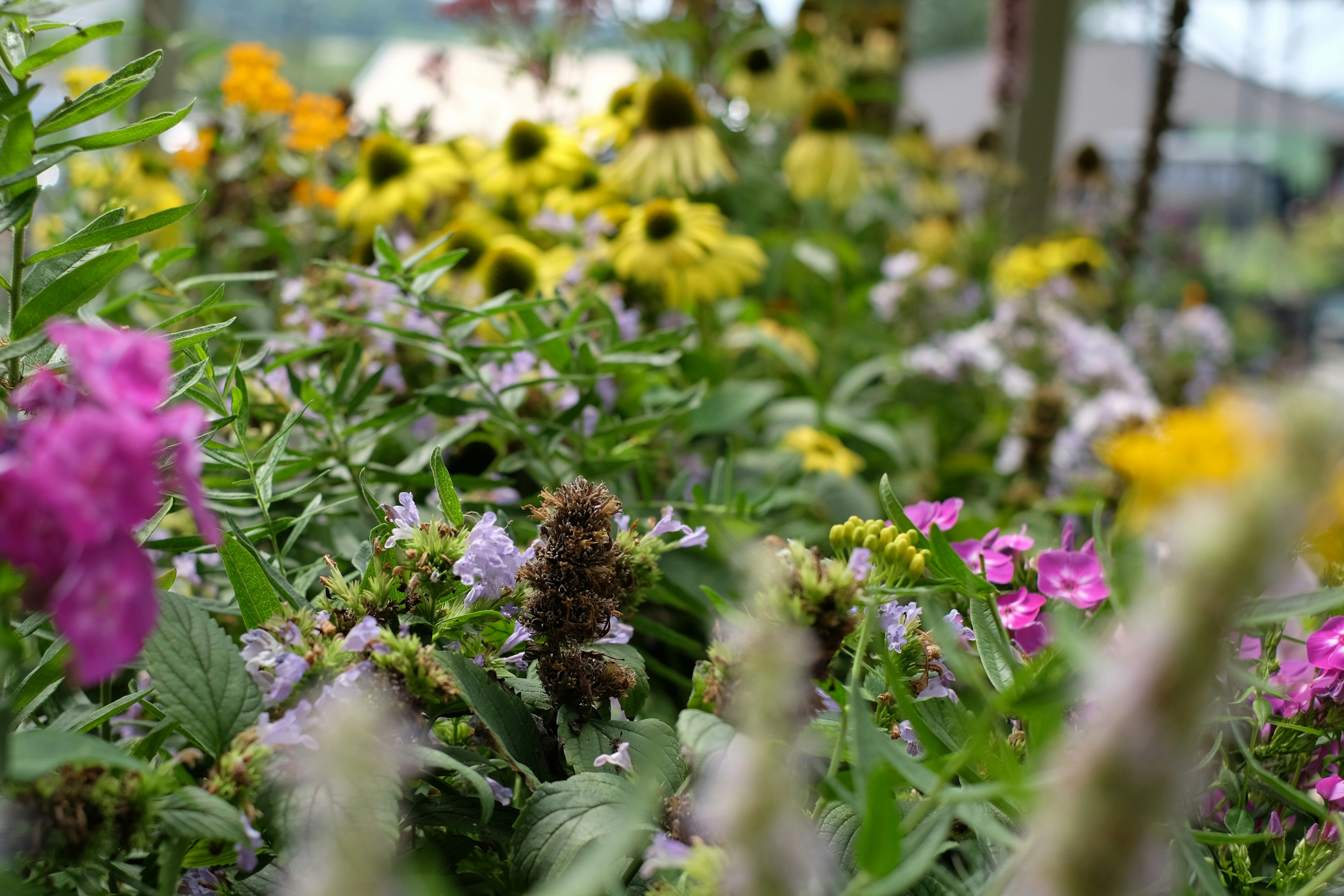

Maintenance
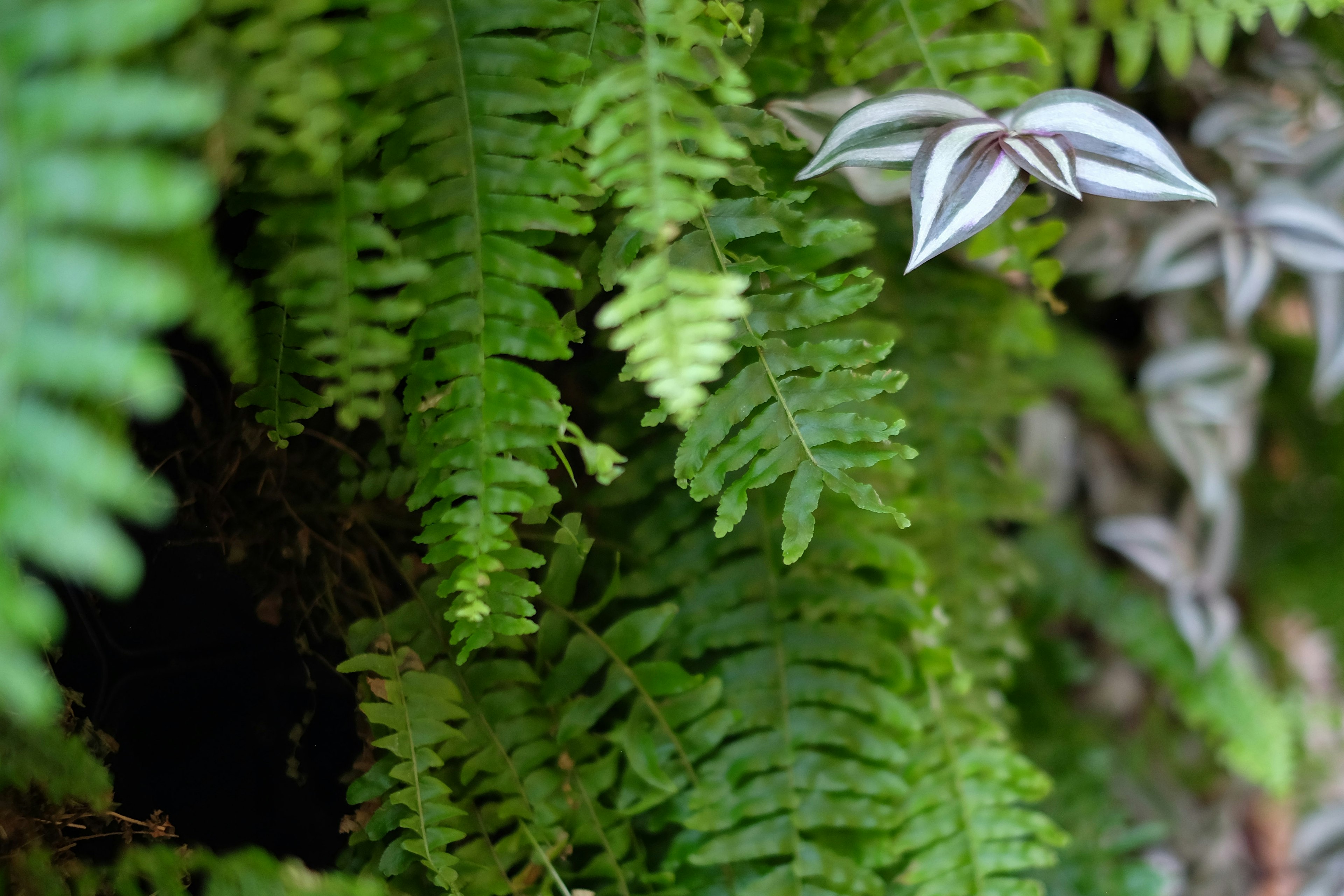
Protecting Magnolia Trees in Illinois

Protecting Magnolia Trees in Illinois
The beautiful and graceful Magnolia tree, with its large, fragrant blooms and lush foliage, is a popular choice for landscaping and ornamental purposes in Illinois. However, these magnificent trees face a growing threat from a small yet relentless enemy: the Magnolia Scale (Neolecanium cornuparvum). This destructive insect infestation can cause significant damage, affecting the tree's overall health and vigor and, ultimately, its survival. Here I explore the Magnolia Scale's life cycle, signs of infestation, prevention and control methods, and ways to protect and preserve the beauty of Magnolia trees in Illinois.
Understanding the Magnolia Scale
Magnolia Scale is a type of soft-scale insect that specifically targets Magnolia trees. They are among the largest scale insects in North America, with adult females growing up to 1/2 inch in length. These insects are characterized by their waxy, rounded, and convex shape. They range in color from almost white to dark brown and have a smooth, shiny appearance.
Scale insects are plant parasites that feed on plant sap by piercing the tree's bark or branches with their specialized mouthparts. As they feed, they excrete a sweet, sticky substance called "honeydew," which can attract other insects and lead to the growth of a sooty mold fungus that can further harm the tree. Sooty mold will grow on any surface upon which honeydew is deposited, so decks, grills, lawn furniture—really anything under the leaf canopy is a risk of unsightly staining. On the tree, severe infestations can cause leaf yellowing, leaf drop, branch dieback, and even death.
The Life Cycle of Magnolia Scale
Understanding the life cycle of Magnolia Scale is essential for effective prevention and control. The insect goes through four life stages: egg, crawler, immature, and adult.
a. Egg Stage
Female Magnolia Scales lay their eggs underneath their protective waxy covering during late summer and early fall. These eggs overwinter and hatch the following spring, usually between mid-May and early June.
b. Crawler Stage
Upon hatching in the fall, the tiny, mobile, and yellowish-brown crawlers emerge and move to find new feeding sites on the tree. This is the most vulnerable stage of the scale's life cycle and the best time for intervention.
c. Immature or Nymph Stage
Once the crawlers find a suitable feeding site, they insert their mouthparts into the tree and begin feeding on its sap. During this stage, the insects lose their mobility and begin to develop their protective waxy covering. The scale overwinters as nymphs.
d. Adult Stage
After several molts, the immature scales become adult females or males. Males are small, winged, and short-lived, with their primary function being to fertilize the females. Adult females are larger, wingless, and immobile, focusing on producing eggs to continue the life cycle.
Signs of Magnolia Scale Infestation
Detecting a Magnolia Scale infestation early is crucial for the health of the tree. Some common signs of infestation include:
a. Presence of Scales
The most apparent sign is the presence of adult scales, usually found on twigs and branches. They may be clustered together, giving the appearance of raised, brown bumps on the bark. Lighter colored clusters resemble clumps of popcorn.
b. Honeydew and Sooty Mold
As Magnolia Scales feed, they excrete honeydew, which can attract ants, bees, and wasps. Honeydew can also promote the growth of sooty mold, a black fungus that can cover the leaves and branches, reducing the tree's photosynthesis capabilities.
c. Yellowing Leaves and Dieback
A severe infestation can cause leaves to turn yellow and fall prematurely. Additionally, affected branches may exhibit dieback, with parts or entire limbs dying and eventually falling off.
d. Poor Bloom and Growth
A Magnolia tree suffering from a scale infestation may produce fewer and smaller blooms. The tree's overall growth may be stunted, and it may struggle to recover from other environmental stressors.
Prevention and Control of Magnolia Scale
Effective prevention and control of Magnolia Scale require a combination of cultural, biological, and chemical methods.
a. Cultural Control
Proper tree care is essential in preventing and managing scale infestations. Ensure that your Magnolia trees receive adequate water, nutrients, and sunlight to help them withstand and recover from infestations. Regularly inspect your trees for signs of scale and other pests and remove any affected branches or twigs.
b. Biological Control
Predatory insects, such as lady beetles, lacewings, and parasitic wasps, can help control Magnolia Scale populations. Encourage these natural predators by planting a variety of flowering plants in your landscape to provide them with food and shelter.
c. Chemical Control
The use of insecticides should be a last resort, as they can also kill beneficial insects. However, if infestations are severe, consider using horticultural oil, insecticidal soap, or a systemic insecticide to control the scale population. It is crucial to target the crawlers in the fall during their active stage, as they are most vulnerable at this time. This is when oils and soaps will be most effective. After nymphs begin to develop their waxy coating, late spring applications of a systemic insecticide with the active ingredient dinotefuran is the most effective chemical control. Insecticides containing imidacloprid are not particularly helpful.
When to Seek Professional Help
If you are unsure about the extent of a Magnolia Scale infestation or if your attempts to control the pest have not been successful, you should seek help from a professional arborist or tree care specialist. As experts, we can provide valuable advice on tree care, pest management, and the best course of action for your specific situation.
Magnolia Scale poses a significant threat to the health and beauty of Magnolia trees in Illinois. Early detection, prevention, and control are essential in safeguarding these beloved trees from this obnoxious pest. By understanding the life cycle of Magnolia Scale, recognizing the signs of infestation, and employing a combination of cultural, biological, and chemical control methods, we can help protect and preserve the majestic beauty of Magnolia trees for generations to come.
Steve Green, Master Arborist